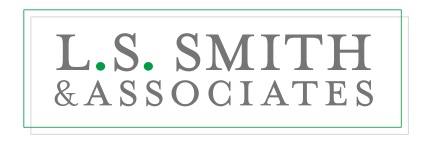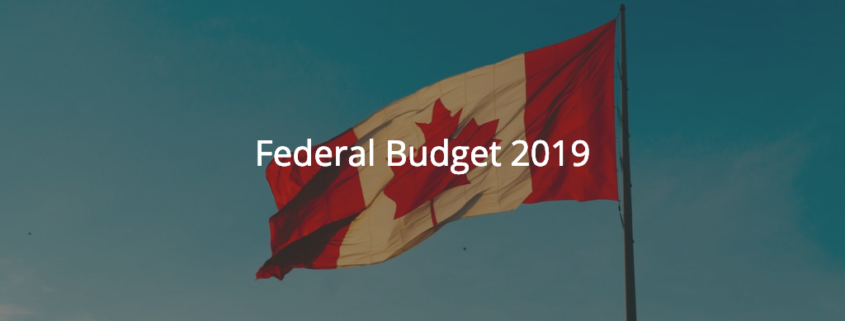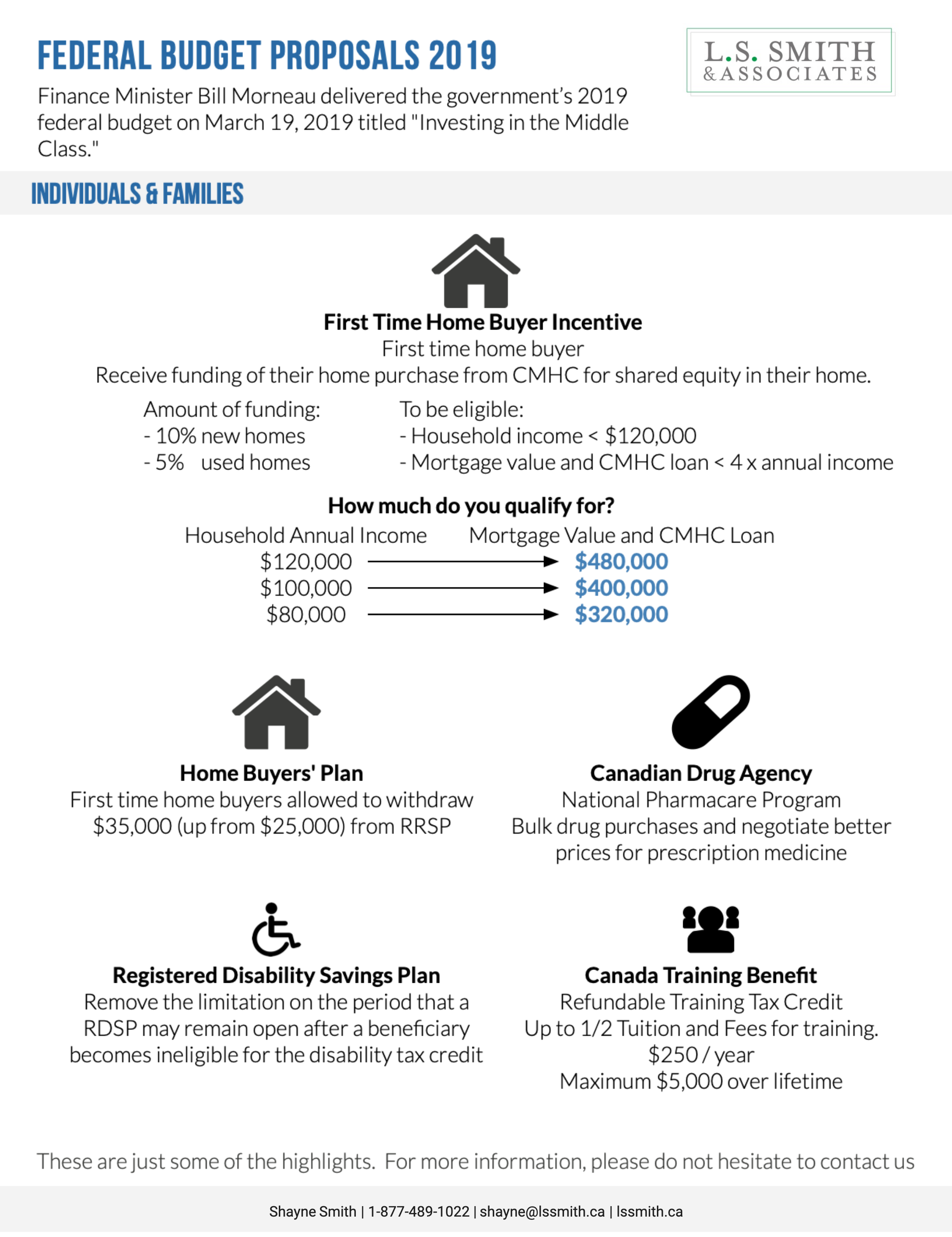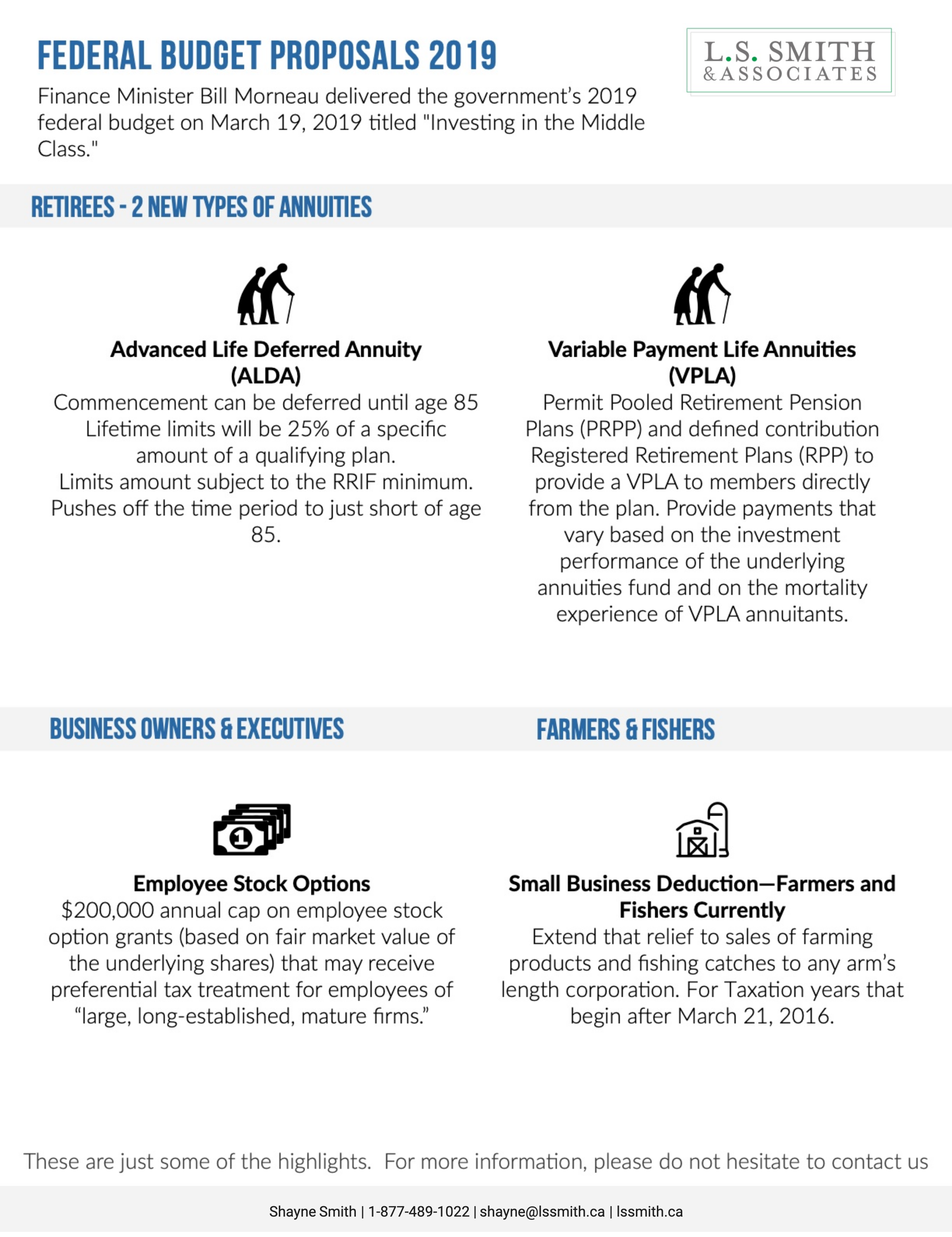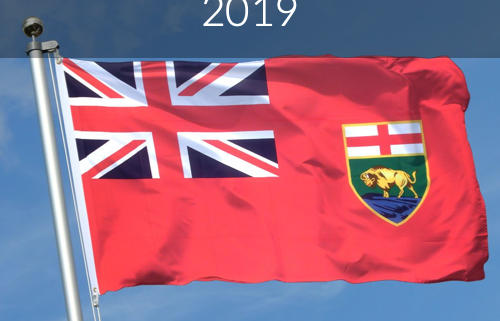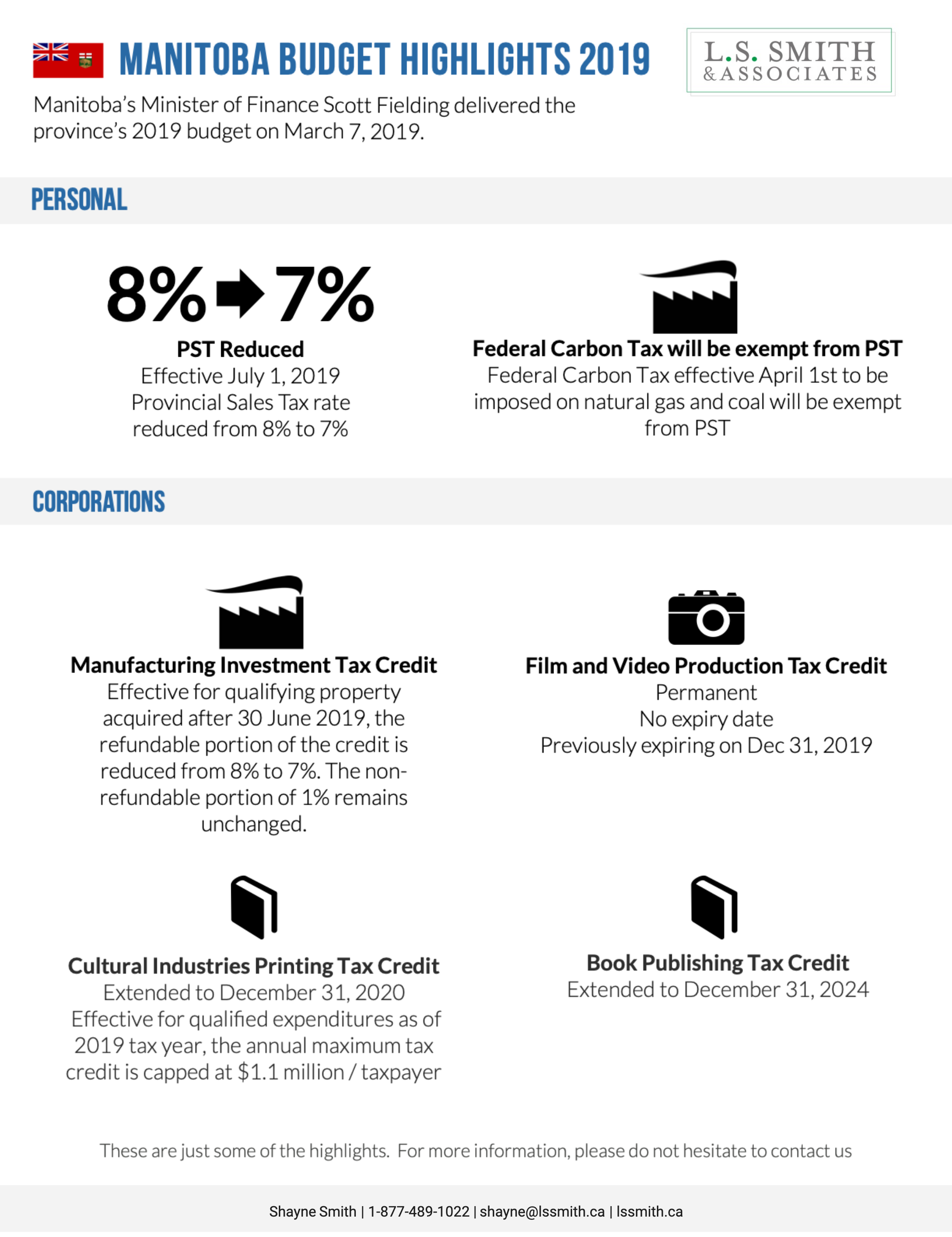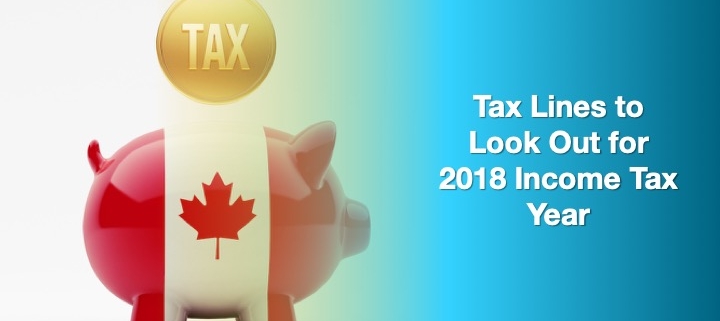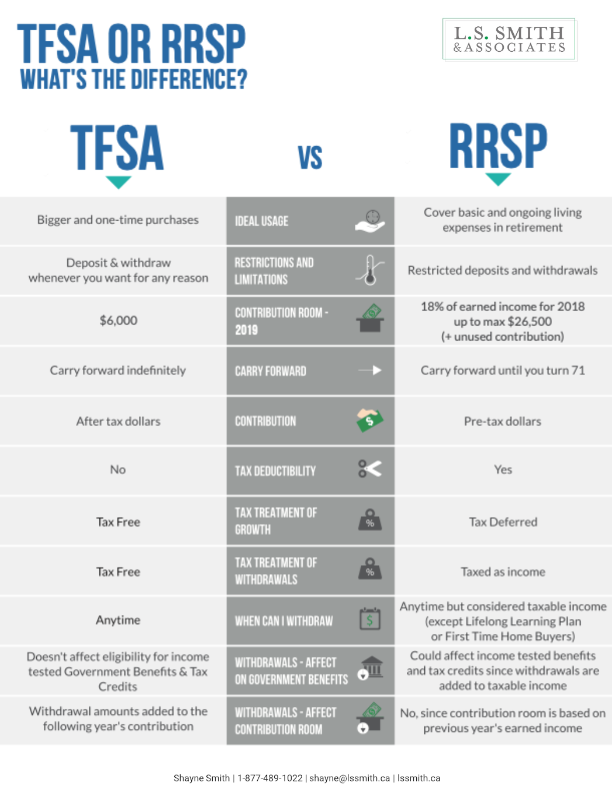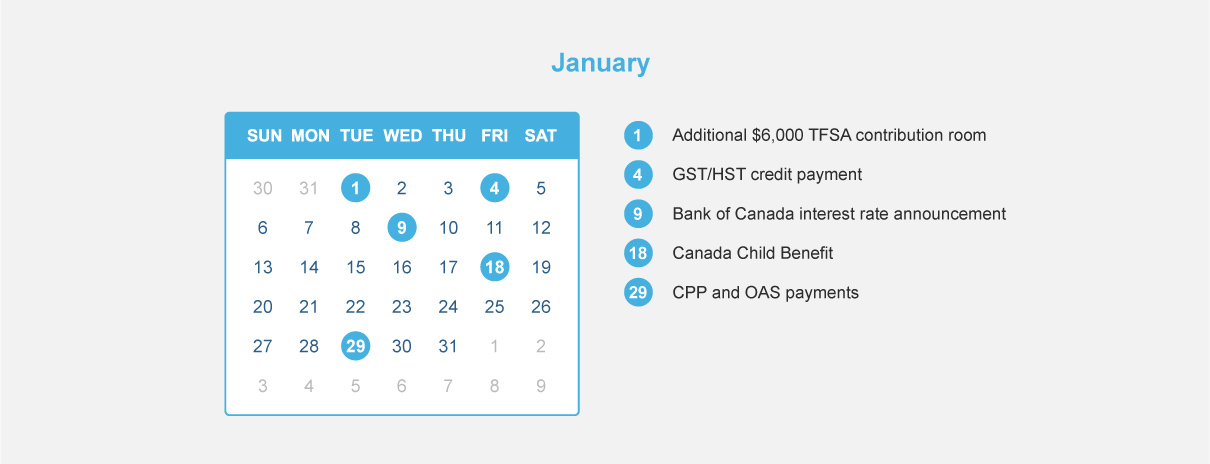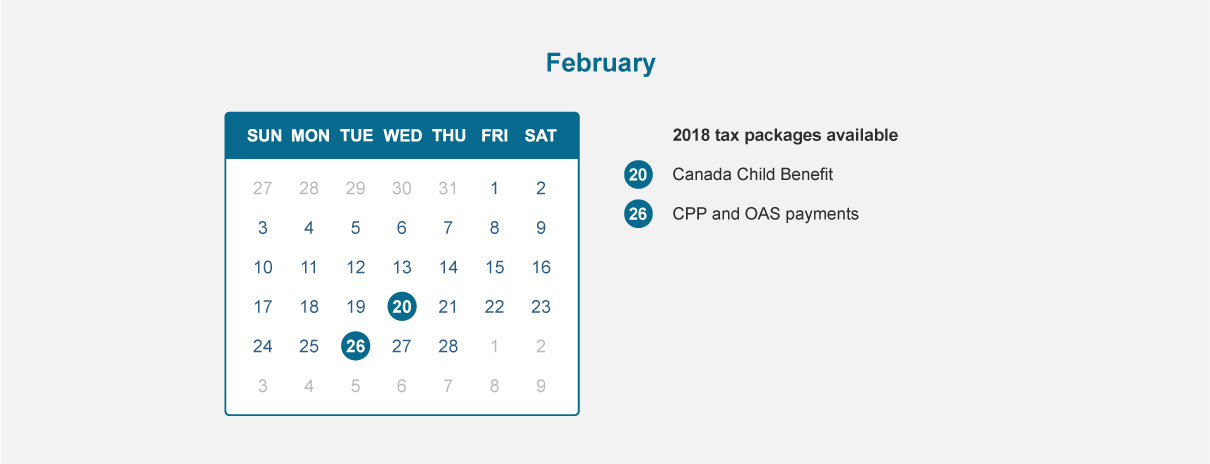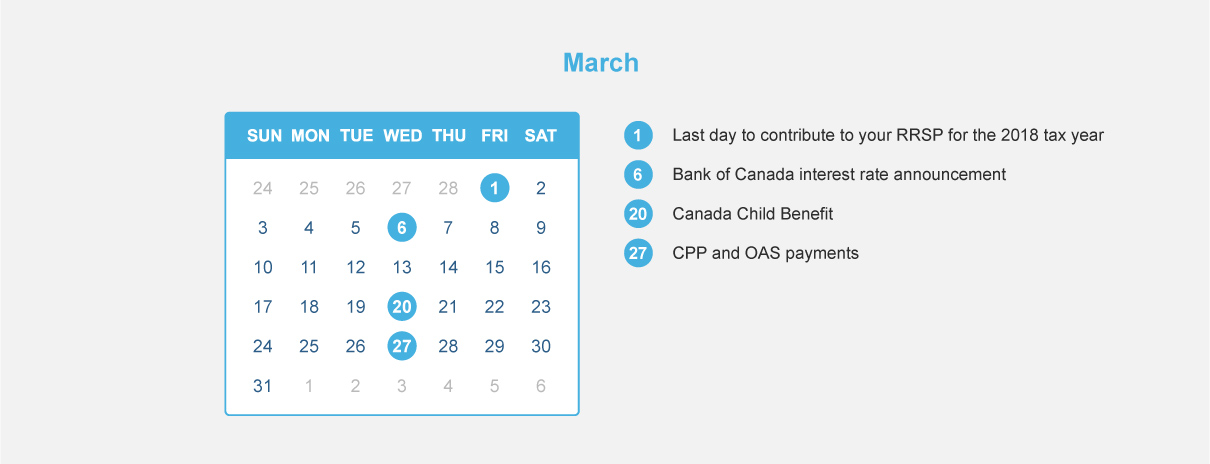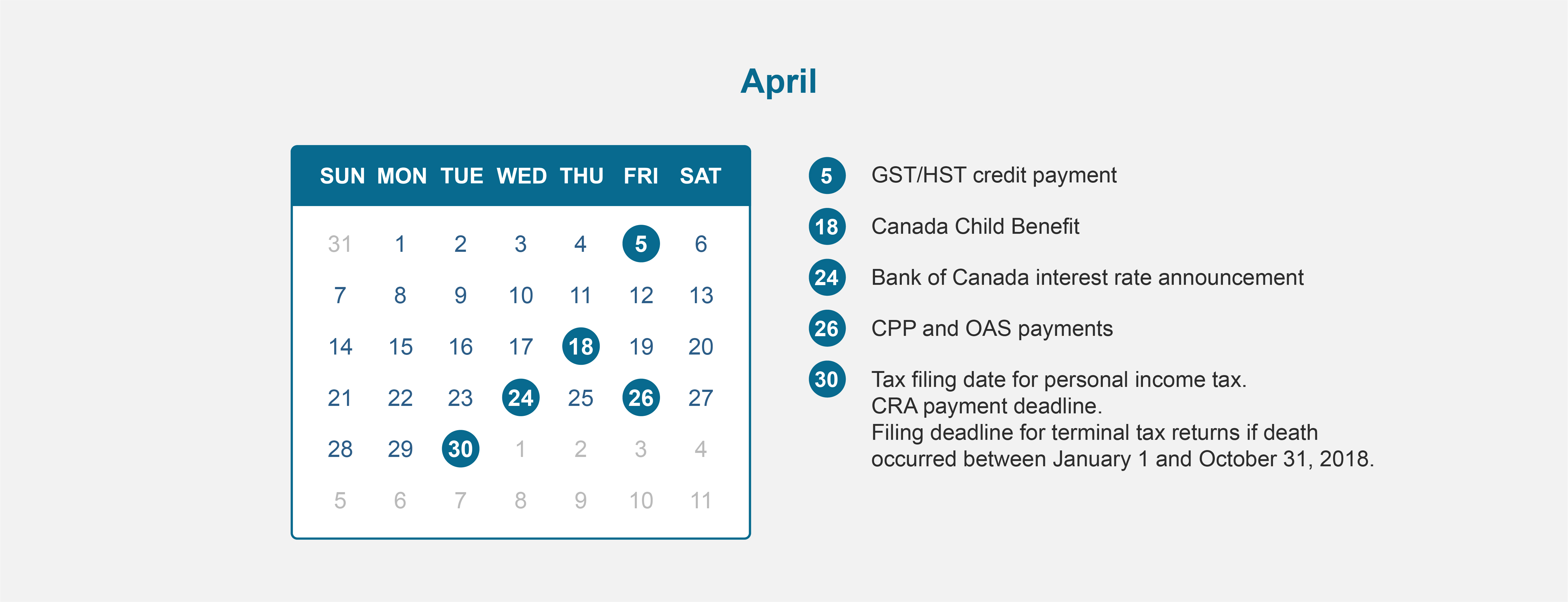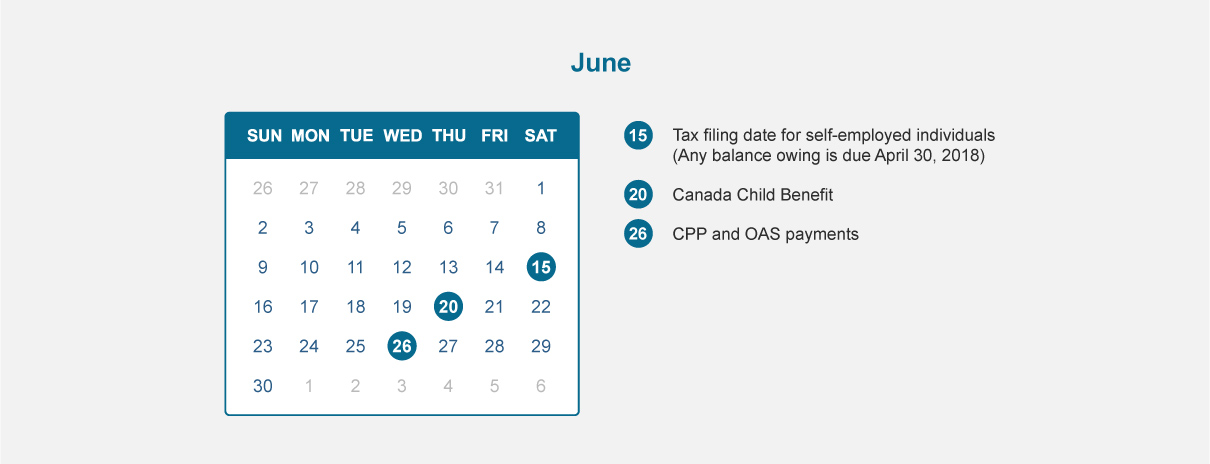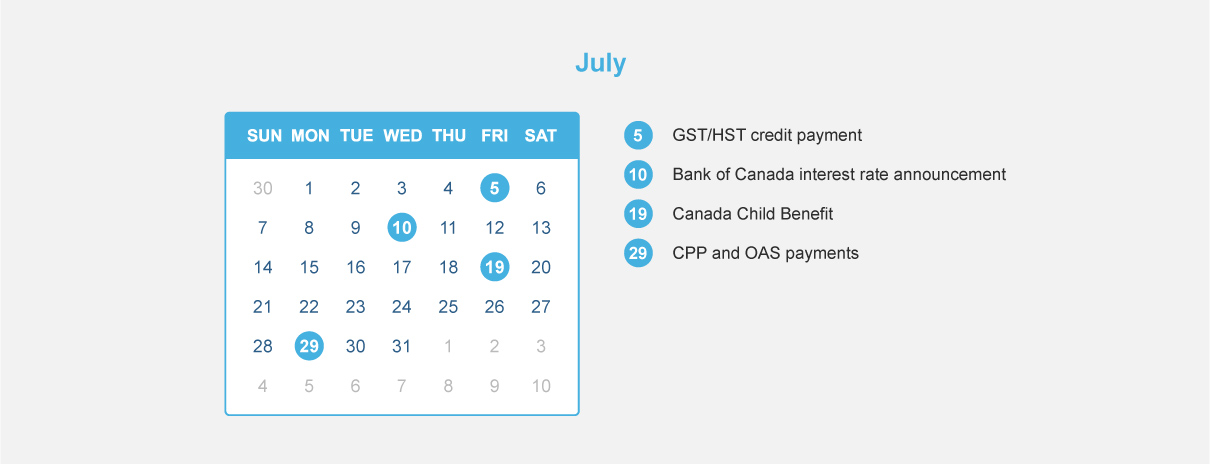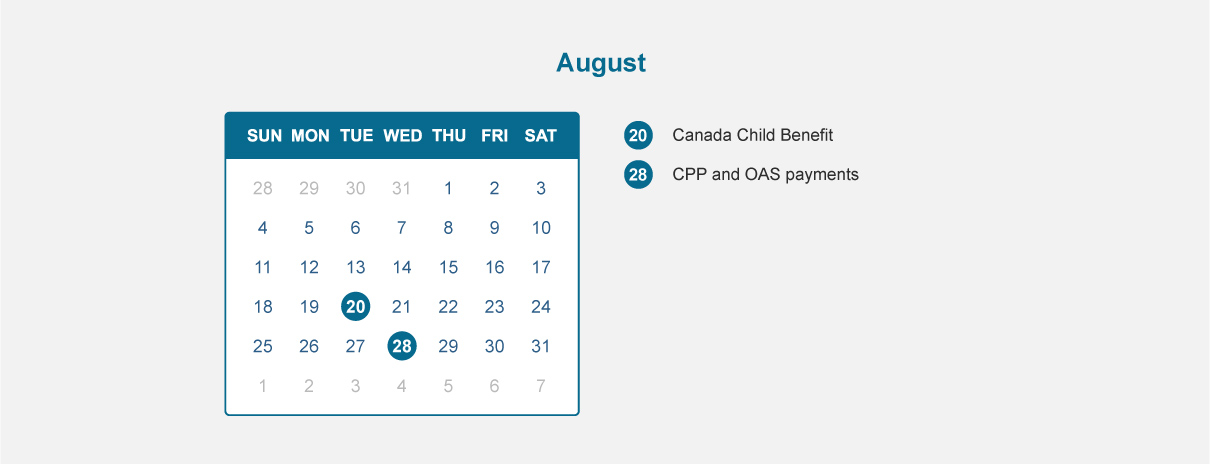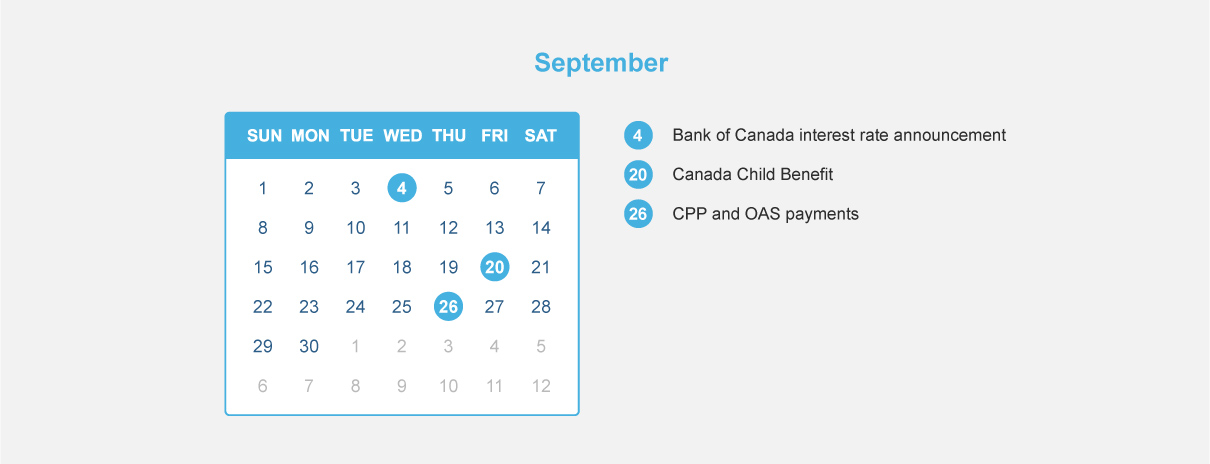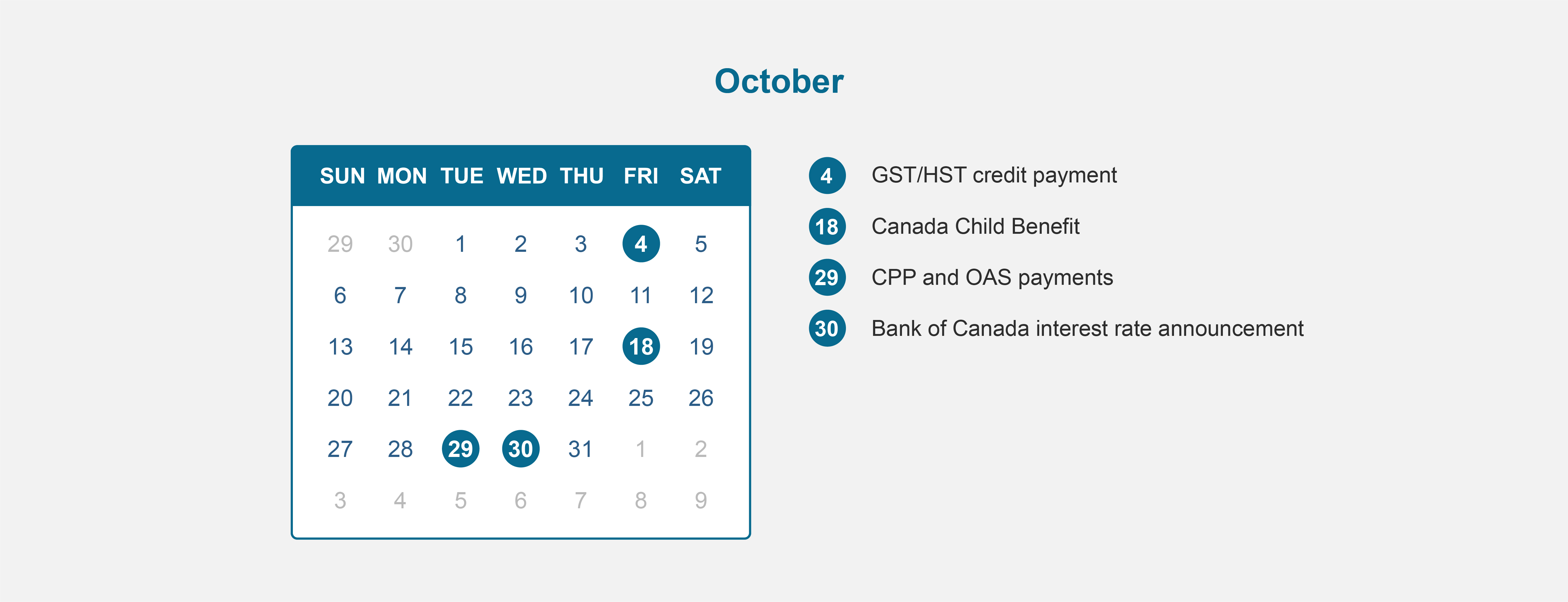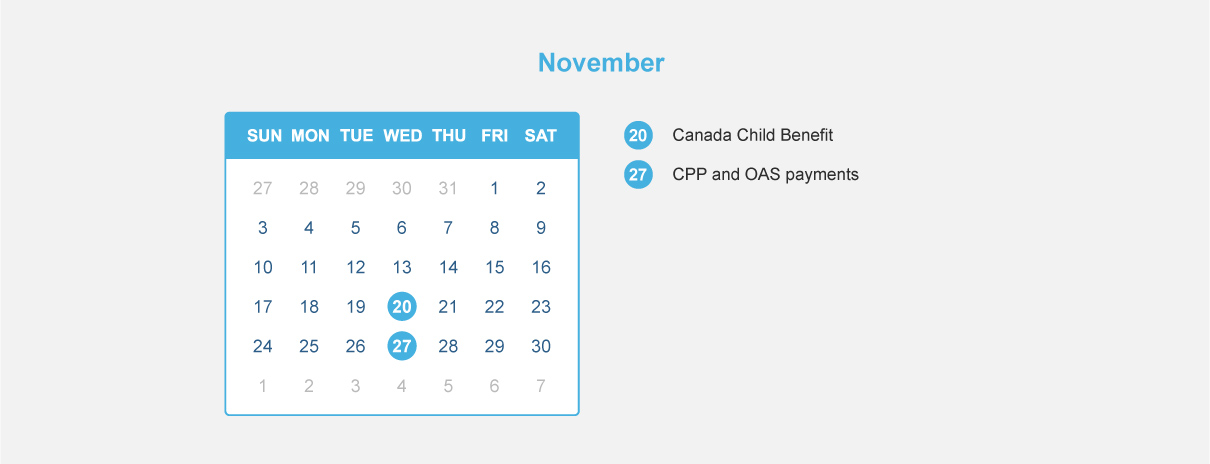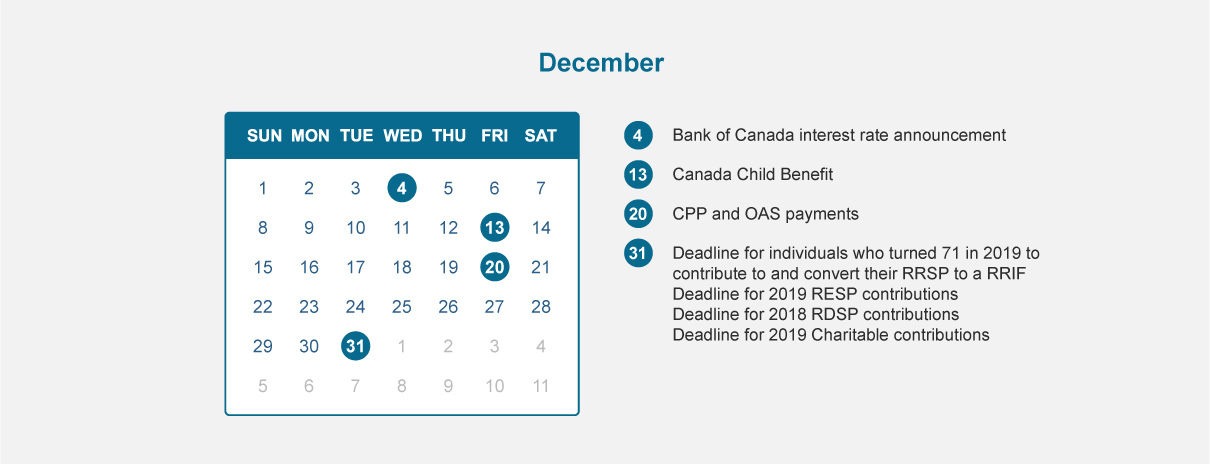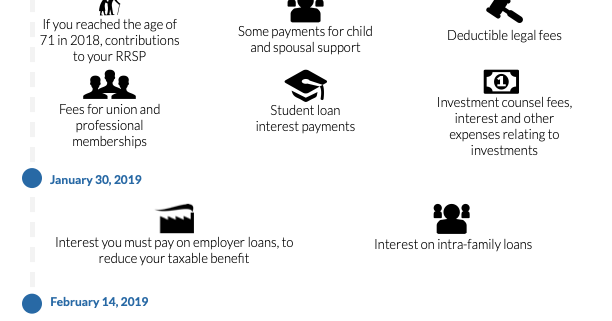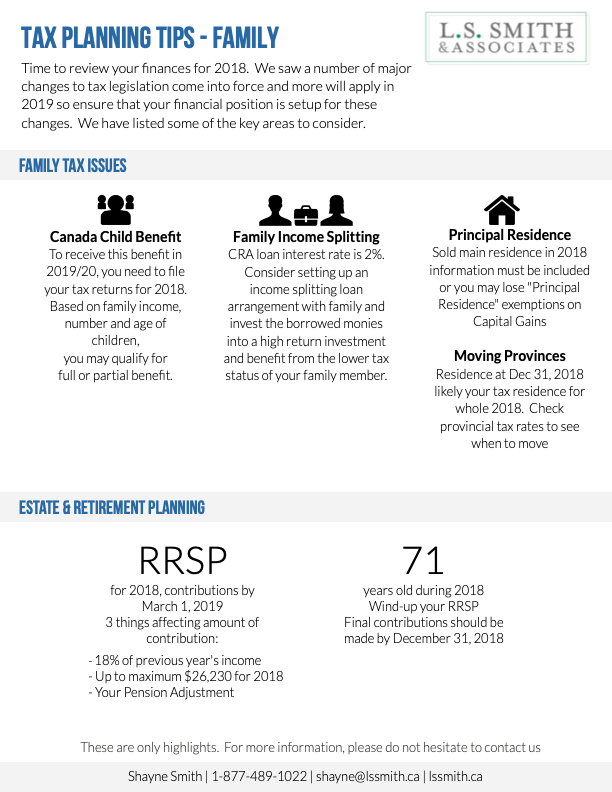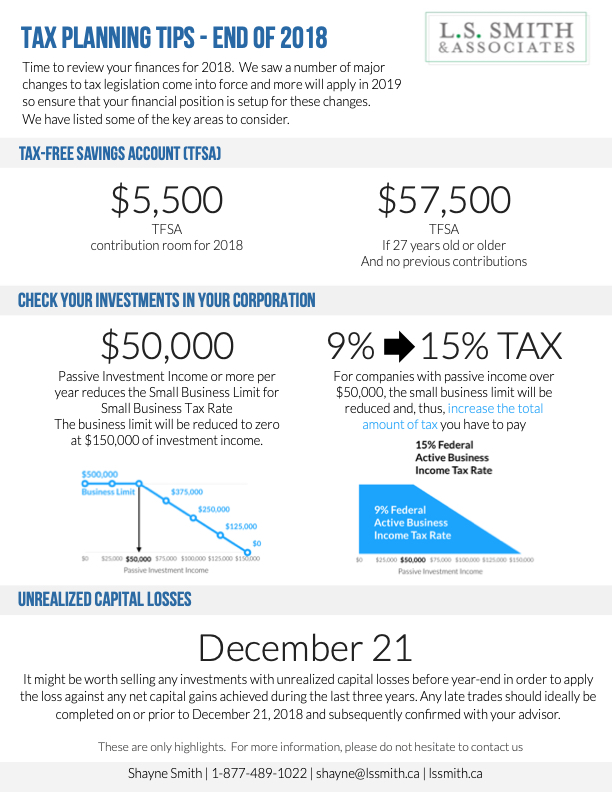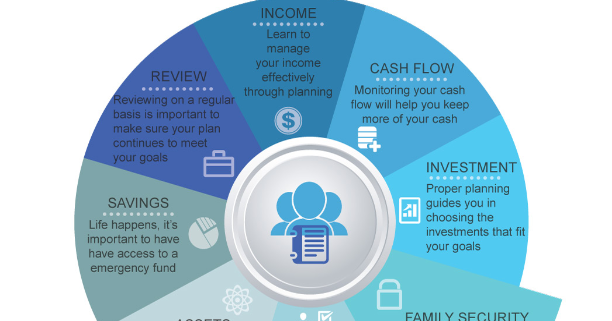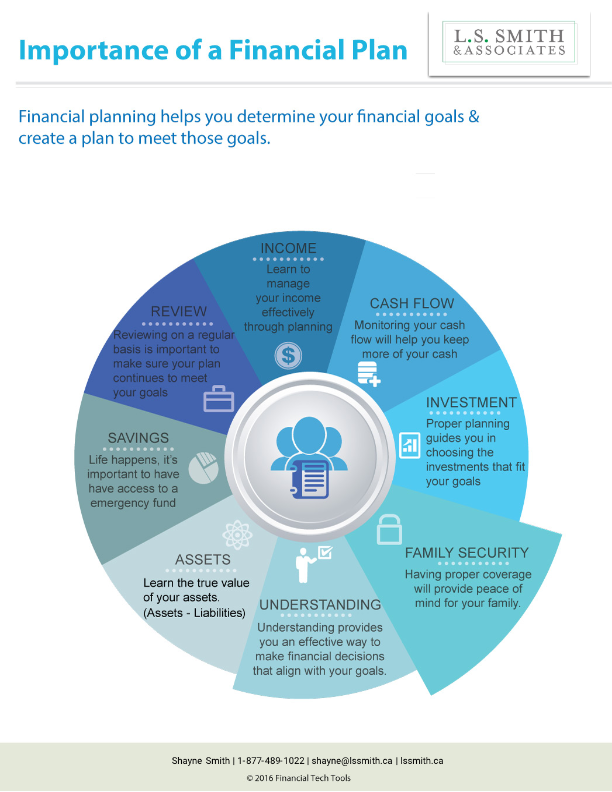10 Essential Decisions for Business Owners
10 Essential Decisions for Business Owners
Business owners can be busy… they’re busy running a successful business, wearing lots of hats and making a ton of decisions. We’ve put together a list of 10 essential decisions for every business owner to consider.
10 essential decisions for a business owner from considering corporate structure to retirement and succession planning.
The essential questions include:
-
Best structure for your business (ex. Sole Proprietor, Corporation, Partnership)
-
Reduce taxes
-
What to do with surplus cash
-
Build employee loyalty
-
Reduce risk
-
Deal with the unexpected
-
Retire from your business
-
Sell your business
-
Keep your business in the family
-
What to do when you’re retired
As a financial advisor, we are uniquely positioned to help business owners, talk to us about your situation and we can provide the guidance you need.
